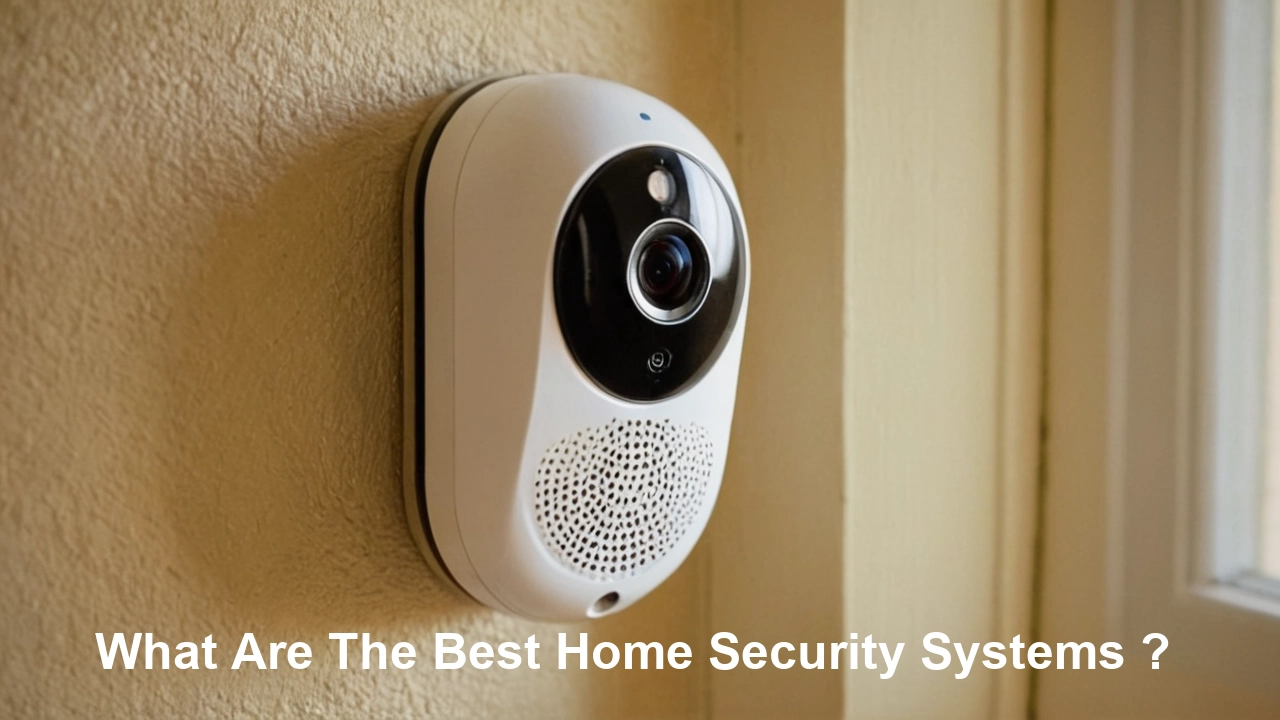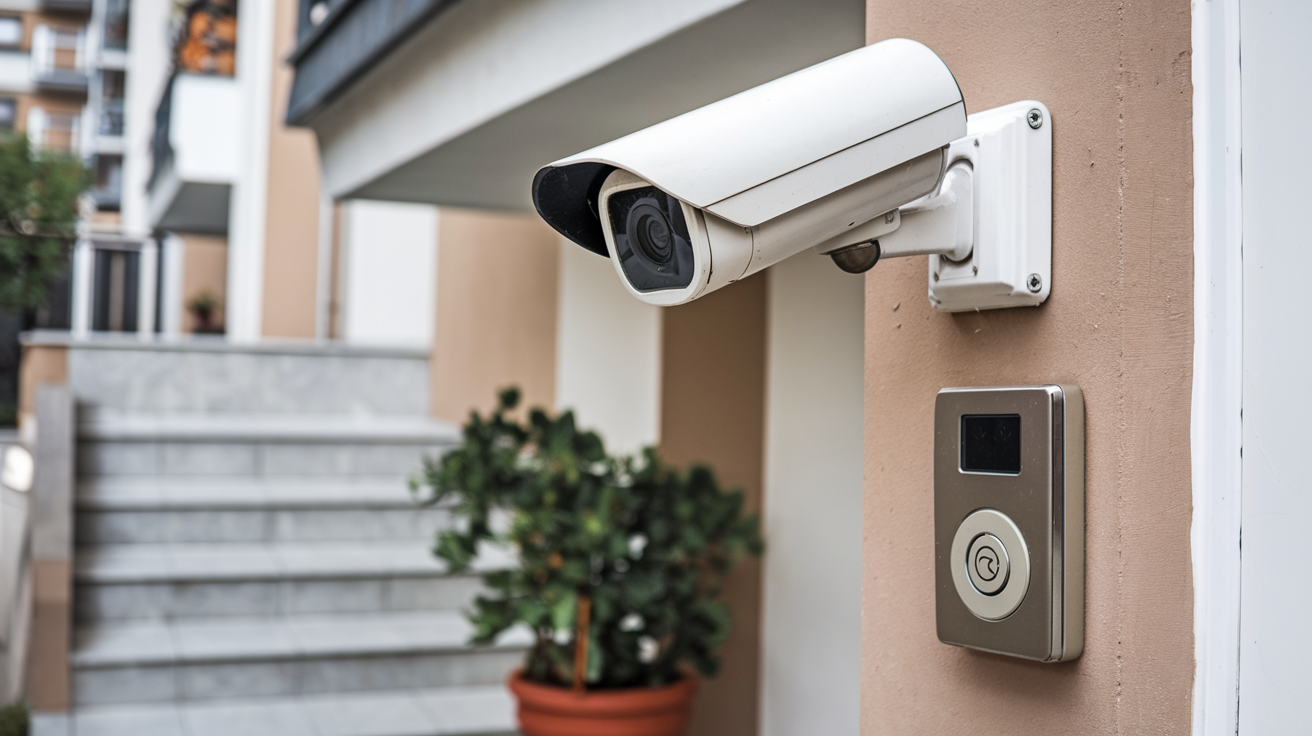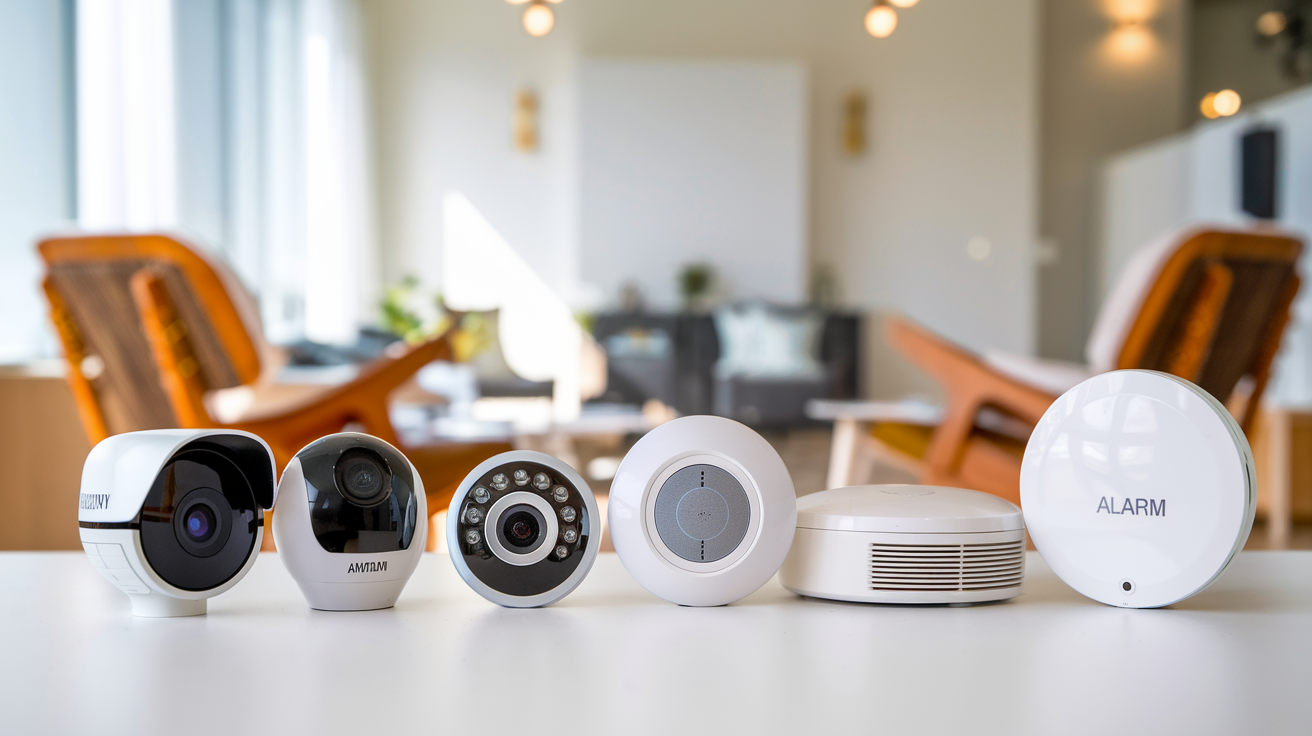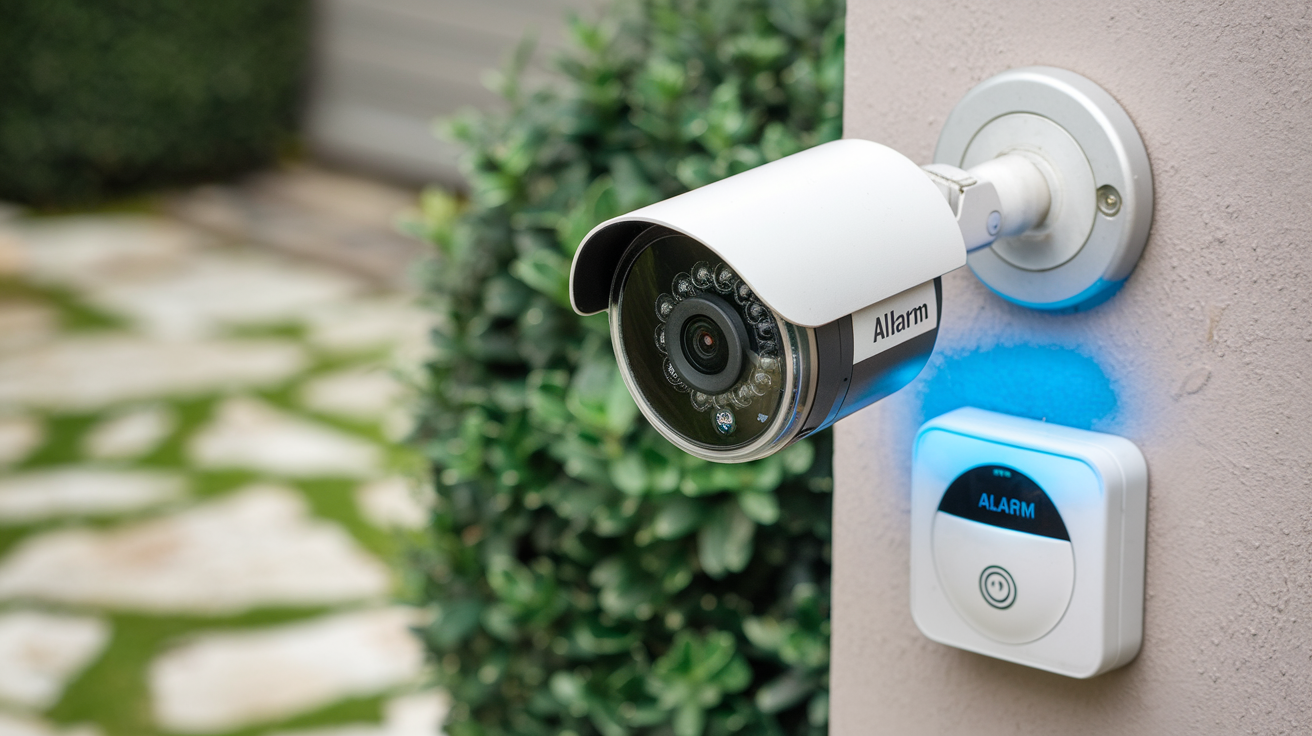In an era dominated by technological advancements, home security systems have become an integral part of ensuring the safety and well-being of our families and property. With an overwhelming array of options available, choosing the best home security system can be a daunting task. This comprehensive guide aims to demystify the world of home security, providing an in-depth analysis of the top systems available in the market.
Understanding Home Security Systems:
Before delving into specific products, it's crucial to understand the basic components of a home security system. Typically, a comprehensive system includes:
-
Surveillance Cameras:
- High-resolution cameras placed strategically around the property provide real-time monitoring.
- Features like night vision, motion detection, and two-way audio enhance functionality.
-
Intrusion Detection Sensors:
- Window and door sensors alert homeowners to unauthorized entry.
- Motion detectors can identify movement within the home.
-
Smart Home Integration:
- Seamless integration with smart home platforms allows for remote monitoring and control via smartphones or voice commands.
-
Alarm Systems:
- Audible alarms and notifications to law enforcement can deter intruders and expedite response times.
-
24/7 Monitoring Services:
- Professional monitoring services offer continuous surveillance, responding to alarms and emergencies.
Top Home Security Systems:
-
Ring Alarm:
- Known for its user-friendly setup and affordability.
- Integration with Ring doorbell cameras for a comprehensive security solution.
- Customizable monitoring plans based on individual needs.
-
ADT:
- A pioneer in the security industry, ADT offers professional monitoring services.
- Customizable packages include video surveillance and smart home integration.
- A long-standing reputation for reliability.
-
Vivint Smart Home:
- Specializes in cutting-edge technology for Vivint comprehensive home automation.
- Features like doorbell cameras with package detection and AI-driven security analytics.
- Professional installation and monitoring services.
-
SimpliSafe:
- A wireless system is known for its easy DIY installation.
- Affordable monitoring plans with no long-term contracts.
- Customizable equipment packages for varied security needs.
-
Google Nest Secure:
- Integrates seamlessly with the Google ecosystem.
- Smart home compatibility with features like intelligent motion detection.
- Professional monitoring is available for enhanced security.
-
Arlo Ultra:
- Wireless cameras with 4K resolution for crystal-clear footage.
- Weather-resistant design is suitable for both indoor and outdoor use.
- Advanced AI detection for recognizing specific objects and animals.
-
Abode:
- A modular system allows users to customize components.
- No-contract monitoring plans with on-demand professional monitoring.
- Integrates with popular smart home platforms.
Choosing the Right System for You:
-
Assess Your Needs:
- Consider the size and layout of your home.
- Identify specific security concerns, such as vulnerable entry points.
-
Budget Considerations:
- Compare upfront costs, monthly monitoring fees, and contract terms.
- Determine if DIY installation or professional installation is preferred.
-
Smart Home Integration:
- Choose a system that seamlessly integrates with existing smart home devices.
- Ensure compatibility with voice assistants like Amazon Alexa or Google Assistant.
-
Monitoring Options:
- Decide between self-monitoring and professional monitoring services.
- Evaluate the response time and reputation of monitoring services.
-
Scalability:
- Opt for a system that allows for future expansions or modifications.
- Ensure the availability of additional components to meet evolving security needs.
Installation and Maintenance Tips:
-
Follow Manufacturer Guidelines:
- Adhere to the recommended installation procedures provided by the manufacturer.
- Test the system thoroughly after installation to ensure all components are functioning correctly.
-
Regular System Checks:
- Conduct routine checks of cameras, sensors, and alarms to identify any issues.
- Replace batteries in wireless devices as needed.
-
Software Updates:
- Keep the system firmware and software up to date to benefit from the latest security enhancements.
- Regularly update passwords and access credentials.
-
Professional Assistance:
- Seek professional help for installations if uncertain about the process.
- Engage with customer support for troubleshooting and technical assistance.
Conclusion:
Investing in a home security system is a crucial step towards safeguarding your home and loved ones. With a plethora of options available, finding the best fit requires careful consideration of your specific needs, budget constraints, and desired features. Whether you opt for a comprehensive system like ADT or a DIY solution like SimpliSafe, the key is to prioritize the features that matter most to you. By following the guidelines outlined in this guide, you can make an informed decision and enjoy the peace of mind that comes with a reliable home security system.






